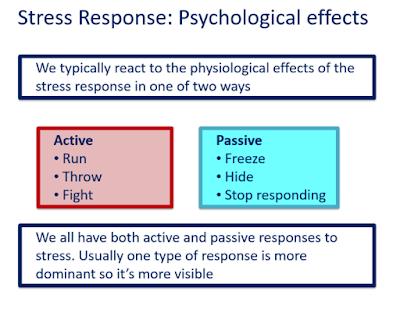Understanding Behaviour: Responding Safely
• Critically examine how my own assumptions and beliefs, including cultural beliefs, impact on practice and the achievement of learners with different abilities and needs, backgrounds, genders, identities, languages and cultures.
• Engage in professional learning and adaptively apply this learning in practice.
• Engage in professional learning and adaptively apply this learning in practice.
He moana pukepuke e ekengia e te waka
A choppy sea can be navigated.
Key Points
- There are no bad kids. Just kids who are trying to express themselves the best they know how.
- Why UBRS? Schools are committed to managing behaviour positively. There have been serious incidents.
- Avoid restraints if you have not been trained. Safety is paramount.
- Focus on deescalating the situation to avoid physical conflict.
- Teachers and staff need to keep themselves safe or are no use to anybody.
- MODULES- Understanding Behaviour, Encouraging Ready to Learn Behaviour, Responding Safely, Reflection and Embedding.
UNDERSTANDING BEHAVIOUR
- Looking at the things that we don't see:
- Why might I be crying? No breakfast, lack of sleep, bro cried all night, issue at home, get my own, name calling, crying usually works, not allowed TV, friend is being mean, teacher is being mean, sister is sick, got yelled at, grumpy mum, bro is a dick, mum got a hiding, fell over, no attention at home.
- Aim to look a little deeper to see what might be going on for children.

Cortisol affects memory so instructions may not have been heard or taken in. With adrenaline and cortisol in systems, kids become hyper vigilant and on the lookout for a hit. Takes at least an hour for cortisol to leave the body. Is exhausting. Returning to the state of calm is important. Creating a calm and safe environment will support this. Restorative conversations may need to take place the following day.
ENCOURAGING READY TO LEARN BEHAVIOUR
- What are you doing to ensure that your body language will help deescalate?
Creating effective environments-if we want o see a specific set of behaviours, we need to teach and allow for practise time so it becomes a way of being and a habit. Generally kids want to do the right thing but sometimes don't know how to do the right thing. Need to keep reteaching.
Fold Your Arms- We all have a certain way. Is it going to get easier the more we are asked to fold them in a different way. Some things may help us with the task although we might only focus on that. The change is a process. Behaviour change takes time.
Relationships Factors-
Teachers can: Spot warning signs, de-escalate, manage effectively during a crisis, be effective in crisis
Students can: Be more responsive, model from you, learn from you, maintain emotional regulation.
Think about a teacher who had an impact on you. What was it that they did and how did they make you feel?
Activity:
Exercise 2.1: Knowing your students
Think about a student you find challenging and take a couple of minutes to answer the
questions.
Exercise 2.1 a
When you set tasks, do you know for sure whether he or she can do it? If so, can they do it
in the way you want or in another way?
Exercise 2.1 c
If you are unsure or don’t know about a student, what could you do to get a better
understanding?
Emotional Regulation
Help students maintain emotional regulation, we need them to feel safe and connected.
We want students to feel valued and to believe...
What promotes a loss of emotional responses?
What student hears or interprets and what students think. (Need to get the slides of what encourages emotional regulation)
- Children will often respond better if you are standing to the side of them rather than front on. Side by side.
- Pasifika children tend not to engage in eye contact through respect values.
- Portray calm and situations may be managed more effectively.
- Do children know that it is ok to return to school/class and be safe and treated fairly?
- Think about speed, tone and volume of voice.
For the future:
- Training is available around students who are currently on MOE Behaviour system.
- Post training, we will look at our school wide behaviour management plan so we are consistent.
- Maintain mana-walk away and determine your next move.
- Ensure that students know what we are doing and when as some children struggle with change.























